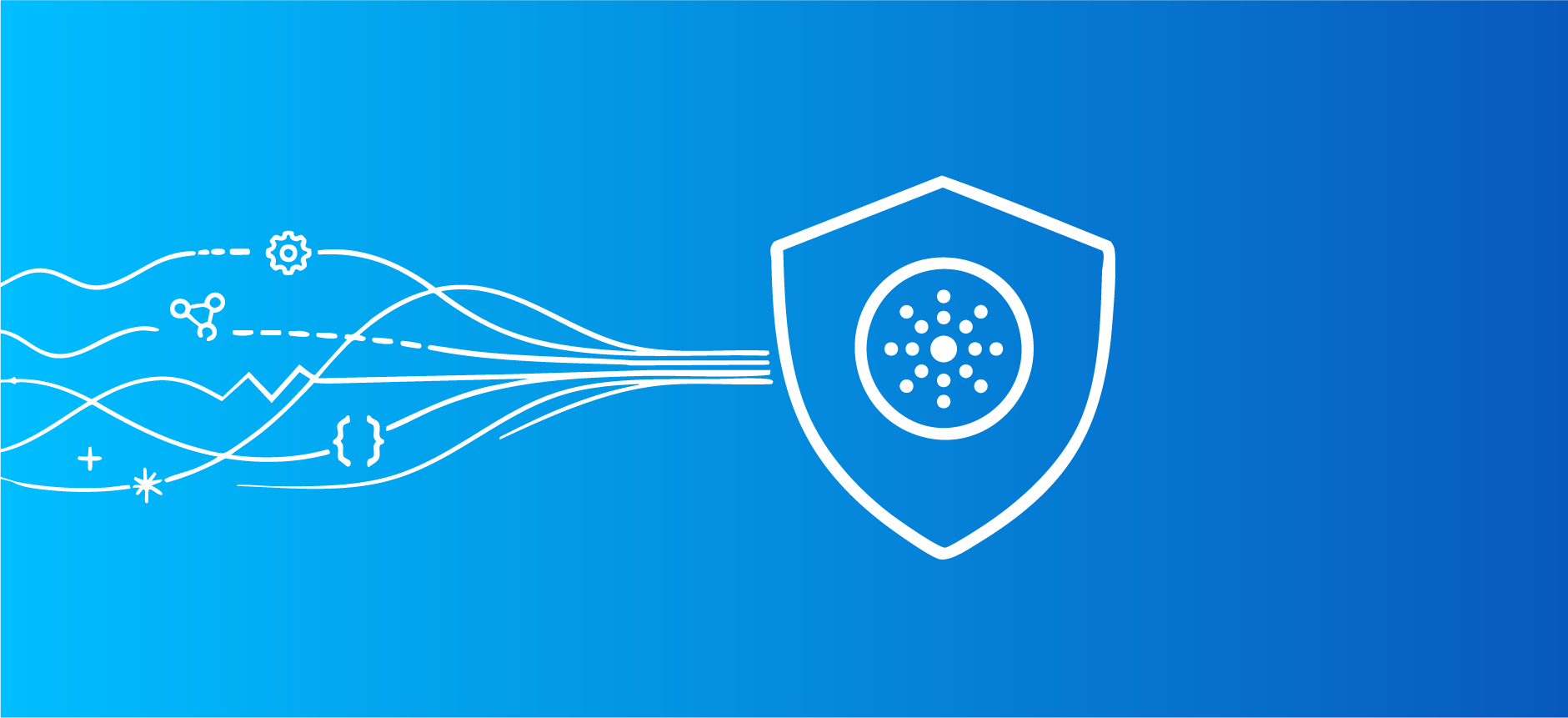What is Customer Master Data Management

Editor’s Note: This post was originally published in May 2021. We’ve updated the content to reflect the latest information and best practices so you can stay up to date with the most relevant insights on the topic.
Customer data is one of, if not the most, valuable assets for a company. It informs upsell strategies, powers targeted marketing campaigns, and enables the delivery of excellent customer support. It’s also a key component in digital transformations and Customer 360 initiatives. As such, companies have spent lots of time, energy, and resources trying to maximize the value of their customer data. One method for unlocking the value of customer data, and ensuring its quality and usability for everyone within the organization, is Customer Master Data Management.
This blog explains what Customer Master Data Management is, why it is important, and the key components for addressing it at enterprise scale.
Specifically, we cover:
- What is Customer Master Data Management
- Why customer master data matters
- Common data sources
- Components of modern customer mastering solutions
- How customer data mastering is different for B2B and B2C enterprises
- The strong case for B2B customer mastering
What is Customer Master Data Management (MDM)
Customer MDM seeks to create a unified, accurate, and persistent set of identifiers and attributes that describe a customer and can be used to connect customer data across multiple organizational silos, business processes, and units. This holistic, 360-degree view of mastered data, updated in real time, can feed operational and analytical systems to drive business outcomes.
Customer data mastering requires the consistent and continuous integration of customer data across various enterprise sources to track the journey of the customer from lead to sale to after-sale service. It requires customer records across systems to be matched and unified in a cluster, providing customer golden records and unique IDs for persistent Customer 360 views.
Why Customer Data Matters
Customer data is one of a company’s most valuable resources. But many times, organizations fail to capitalize on its value. Here’s why.
1. No single view of customers: Lack of a single source of truth results in business-wide decision-making that underutilizes robust customer insights. For example, business development teams lack relevant information to convert leads to opportunities; sales teams lack the knowledge to inform expansion strategy or prioritization; marketing teams cannot personalize campaigns based on up-to-date customer interactions and behavior; risk and compliance teams struggle to meet know-your-customer (KYC) standards; and customer service representatives fail to deliver unified experiences because of disparate, disconnected accounts for the same customer.
2. Persistent data errors: Errors can result in unfavorable sales outcomes and unnecessary spending caused by the need to fix mistakes ranging from incorrect customer deliveries to bounce-back for email marketing or direct mail campaigns. Instead of growing sales revenue, sales teams spend valuable time on fixing errors and responding to customer complaints. Inaccurate data also slows down lead conversion, making it difficult to reach out to customers and prospects because their contact information is incorrect or out-of-date.
3. No insight into corporate hierarchies: More pertinent for B2B business, the inability to place a customer within its corporate hierarchy restricts the benefits of consolidating information across business units and functions. Lack of hierarchy information limits the effectiveness of decision-making in the customer journey from lead conversion all the way through to customer retention and growth efforts. In some cases, organizations can create segments or reports based on attributes of customer groups, but often, the business requires a more robust and consistent structure for understanding complex customer relationships reflected in the mastered data.
What Are Common Data Sources for Customer Data?
While the list of internal and external customer data sources is long and varied at the enterprise level, common key sources of customer data are:
- ERPs (e.g., SAP, Oracle, Workday)
- CRMs (e.g., Salesforce, Microsoft Dynamics 365)
- Marketing automation platforms (e.g., HubSpot, Marketo Engage by Adobe)
- E-commerce platforms (e.g., Adobe Commerce, Shopify)
- Customer support platforms (e.g., Zendesk, ServiceNow)
Customer data from these and other sources are also commonly fed into data warehouses and data lakes (e.g., Amazon, Google BigQuery, Snowflake, Databricks) but still generally remain siloed.
Components of Modern Customer Mastering Solutions
To gain a holistic, 360-degree view of customers, organizations should embrace AI-native master data management (MDM) solutions. These solutions harness the power of AI and machine learning (ML) to deliver the pristine golden records needed to drive better decision-making. Key components of AI-native MDM solutions:
Persistent IDs create a unique ID that connects customer records within and across systems and enables the creation of customer golden records by grouping the underlying records to ensure accurate, consistent information feeds a holistic customer view.
Deduplication identifies erroneous or necessary duplicate customer records to ensure that the same underlying customer is treated as a single entity.
Data aggregation joins customer information across disparate systems and business units to provide a truly holistic view of interactions. Customer data can be continuously integrated with operational and analytical systems so changes in customer information and behavior flows seamlessly through the enterprise in real time to reflect in business reporting and actions.
Machine learning-first approach enables companies to master their customer data in both batches and in real time. Traditional rules-based data mastering is not scalable given the volume and diversity of customer data that modern enterprises create and manage. Rules require significant manual effort to create and maintain and become a complicated web to untangle for any data team once they reach any kind of scale. By leveraging a machine learning approach, companies can master their customer data with a fraction of the effort while also maintaining team input and influence on the quality of the results. For example, poor underlying data quality can mean piecing together incomplete information like half-completed address fields - a task built for AI and ML.
Hierarchy mastering and classification give companies the flexibility they need to classify customers based on how they manage them, including sites, sales regions, divisions, subsidiaries, and other elements of corporate hierarchies. It’s critical that mastered customer accounts can link accounts at an overall hierarchy level.
Data enrichment provides built-in enrichment capabilities to ensure critical customer information such as address, email, URL, etc. always remain up-to-date. While information validation is now standard practice for many, it’s vital to establish a streamlined process as part of the data pipeline.
How Customer Master Data Management is Different for B2B and B2C Enterprises
While master data extends to both individual (B2C) and business-focused (B2B) customers, there are nuances in how each is addressed.
Typically, customer name comparison for business customers is more complicated e.g. J&J vs. Johnson and Johnson. In this example, the value of an AI-native approach to mastering becomes evident as it is much more difficult to accommodate corporate name variation using a rules-based simple string comparison. While individuals typically change their names infrequently (or not at all), it is common for organizations to change names during the lifecycle of the business or during a trigger event, such as an acquisition. This increases the need for regular validation of base customer information.
The availability of external customer data also differs in nature for B2B and B2C companies. There are two key benefits to incorporating external data sources into customer master data management:
- Providing a richer view of the customer
- Validating that your current information on the customer is up-to-date (reference data)
While the world of externally-sourced data on individuals continues to expand and regulation aims to keep pace, structured external data sources are much more common for business customers. For example, it’s much easier to Google the address of Nestle Corporation versus searching online for a customer’s personal address. Relationship management also varies. B2B customers often involve more structured and complicated cross-party relationships in the form of hierarchies.
The Strong Case for B2B Customer Mastering
For B2B companies, the inability to scale and lack of proven ROI of a traditional MDM initiative can tilt the scales against the decision to move forward. However, with an AI-native MDM solution such as Tamr’s, companies can dramatically improve ROI and time to results while keeping costs in check.
Inaccurate, incomplete, or outdated customer data is, in most cases, the primary obstacle in the way of B2B organizations making better, data-driven business decisions.
When disparate data sits across business units, and product and geographical boundaries weigh down the organization, stakeholders struggle to make informed decisions. For example, sales teams often lack visibility into the true customer hierarchy (location, corporate parent, etc.) to be able to up-sell, offer better customer service, and save the customer money through better contract negotiation. With mastered data, B2B businesses can better manage interactions with multiple buyers within a customer in a single, unified view, limiting unnecessary roadblocks and steps to making the final sale.
Companies can also streamline operations by creating golden records that unify data across multiple systems, including legacy deployments. Golden records can, in turn, drive new insights through novel reporting and views that may not have been possible without data mastering. To further enhance operations and analytics, companies can also master data and publish it across a range of data sources with changes and updates reflected throughout.
To discover how AI-native data mastering can help you realize the promise of a true Customer 360, download Tamr’s informative “Golden Records 2.0: The AI-Native MDM Advantage” ebook.
Get a free, no-obligation 30-minute demo of Tamr.
Discover how our AI-native MDM solution can help you master your data with ease!




